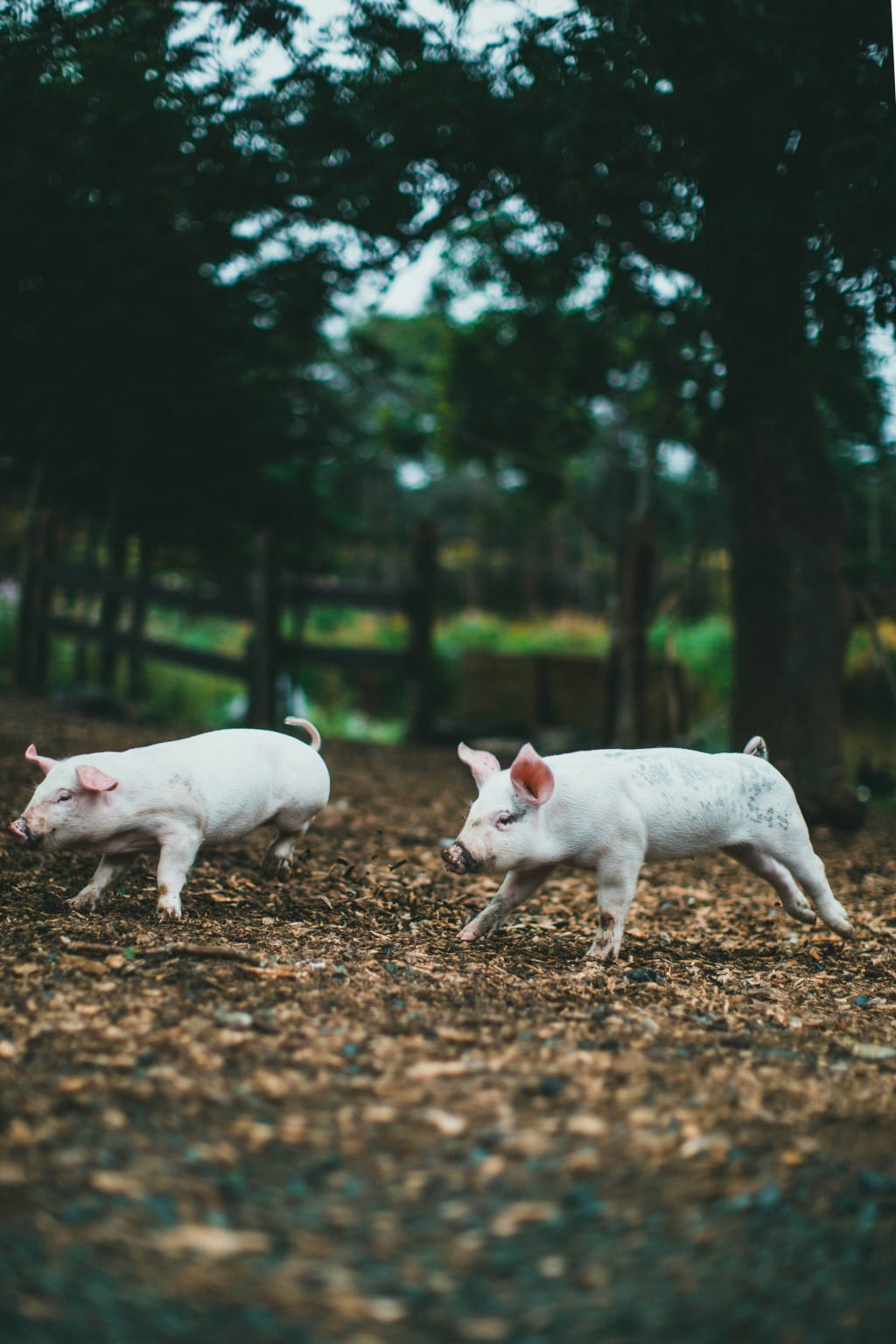"China's Porcine Prowess: Unveiling the Global Swine Landscape".
The fact that more than half of all pigs in the world are kept by farmers in China.

Introduction:
In the heartlands of China, amidst vast agricultural landscapes and sprawling farms, an astonishing fact emerges – more than half of all pigs in the world are kept by Chinese farmers. This dominance in the global swine industry has far-reaching implications, shaping not only China's economic landscape but also influencing global pork production, trade, and consumption. In this exploration, we unravel the layers of this porcine phenomenon, examining the historical, economic, and cultural threads that have been woven together to create a narrative where China stands as the primary steward of the world's swine population.
Chapter 1: A Historical Tapestry.
To understand China's pivotal role in the world's porcine landscape, we must embark on a journey through history. Pigs have been an integral part of Chinese agriculture for centuries, playing a vital role in the nation's food security and cultural practices. Historically, pigs were valued not only for their meat but also for their ability to thrive on kitchen waste and agricultural byproducts, making them an efficient and sustainable source of protein.
The domestication of pigs in China dates back thousands of years, with ancient Chinese agricultural practices emphasizing the importance of this livestock in maintaining soil fertility. Over time, as China's population grew, so did the demand for pork, solidifying the pig's status as a staple in the Chinese diet.
Chapter 2: Economic Transformations and Agricultural Resilience.
As China underwent unprecedented economic transformations in the late 20th century, transitioning from an agrarian society to an industrial powerhouse, the swine industry adapted and evolved. The demand for pork surged with the rise in living standards, urbanization, and an expanding middle class. Chinese farmers, historically known for their resilience and adaptability, seized the opportunity to meet the burgeoning demand.
Large-scale commercial pig farming operations began to emerge, equipped with modern technologies and production methods. This shift marked a departure from traditional backyard farming to more industrialized and efficient systems. The integration of technology, improved breeding practices, and the adoption of modern husbandry techniques contributed to the exponential growth of China's swine industry.
Chapter 3: Pork, Culture, and Culinary Traditions.
Beyond the economic and agricultural dimensions, the significance of pigs in China extends deep into the cultural fabric of the nation. Pork holds a central place in Chinese cuisine, featuring prominently in a myriad of dishes that span regional variations. From the succulent Char Siu of Cantonese cuisine to the flavorful Braised Dongpo Pork of the Jiangsu province, the culinary diversity mirrors the vastness of China itself.
Pigs are also associated with prosperity and abundance in Chinese culture, making them a symbol of good fortune. The tradition of gifting or sacrificing pigs during festive occasions underscores the cultural importance attached to these animals. This deep-rooted connection between pigs and Chinese culture further amplifies the nation's commitment to sustaining a thriving porcine population.
Conclusion:
In the tapestry of global agriculture, China emerges as the primary custodian of more than half of the world's pigs, a testament to its historical, economic, and cultural relationship with these animals. The journey through time reveals how pigs have been integral to China's agricultural practices, adapting to the changing economic landscape with resilience and innovation.
As China continues to lead the world in pork production, it not only satisfies the domestic appetite for this versatile meat but also plays a pivotal role in shaping global pork markets. The economic transformations, technological advancements, and cultural significance intertwined in China's porcine narrative offer a rich tapestry that goes beyond mere statistics. The story of China and its pigs is a dynamic and evolving one, reflecting the intricate interplay between tradition and modernity, agriculture and industry, and the local and the global. In the world of swine, China stands tall, not just in numbers but in the richness of its porcine narrative.





Comments
There are no comments for this story
Be the first to respond and start the conversation.